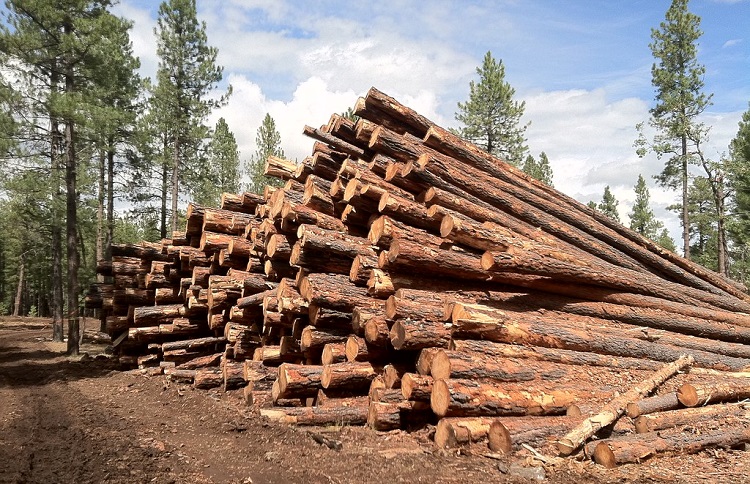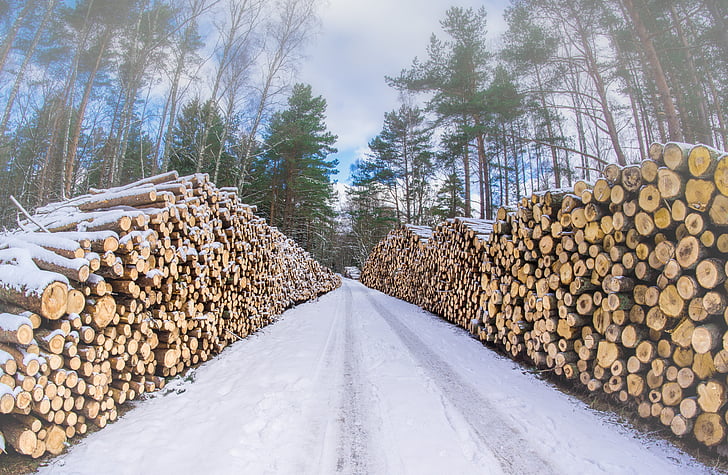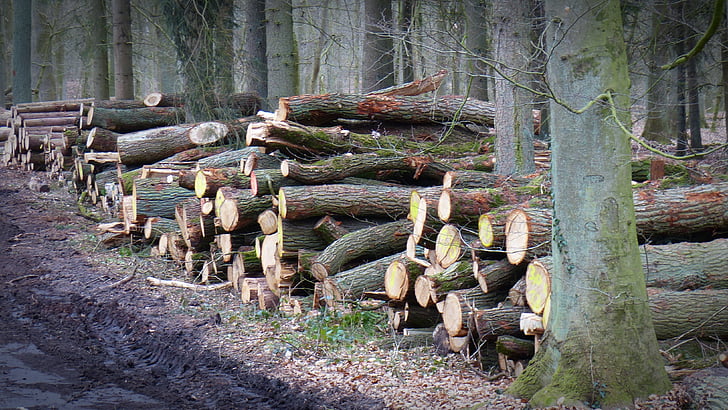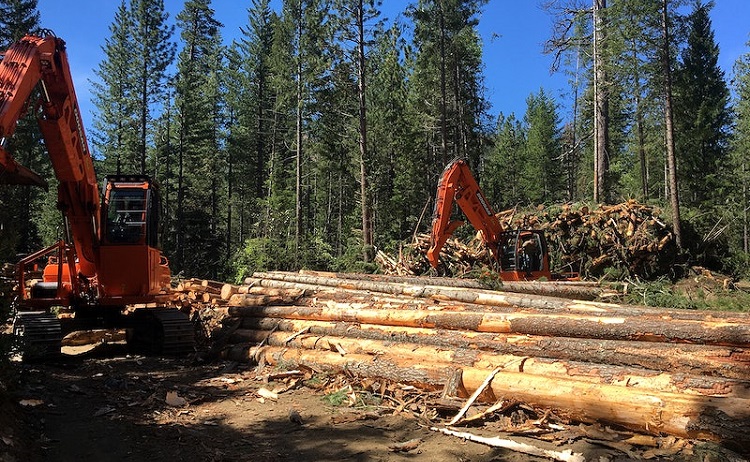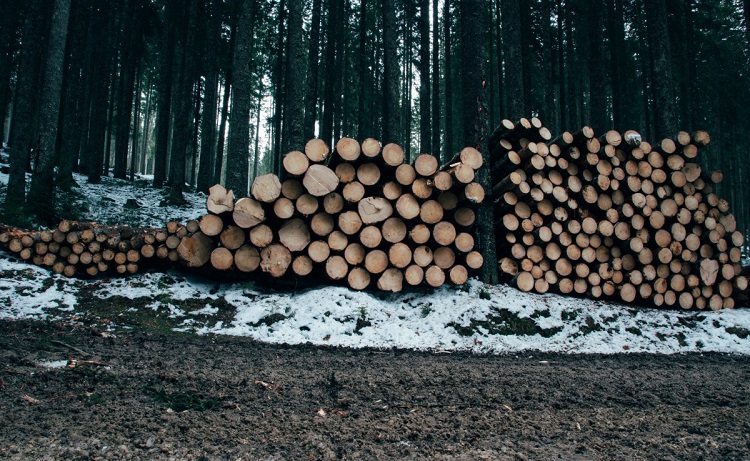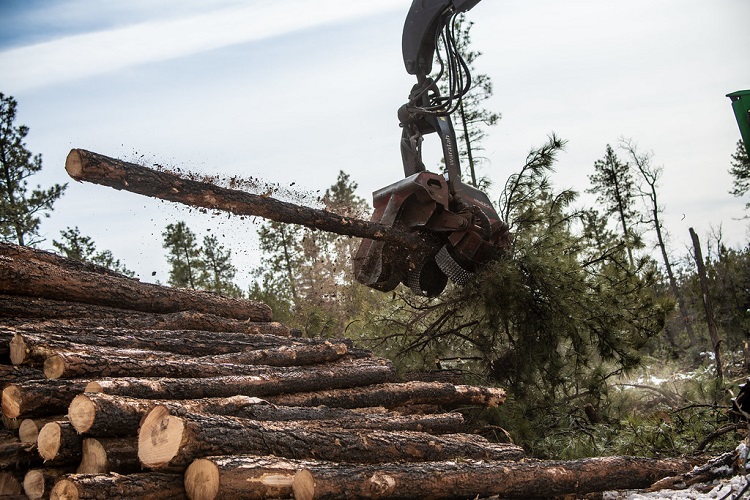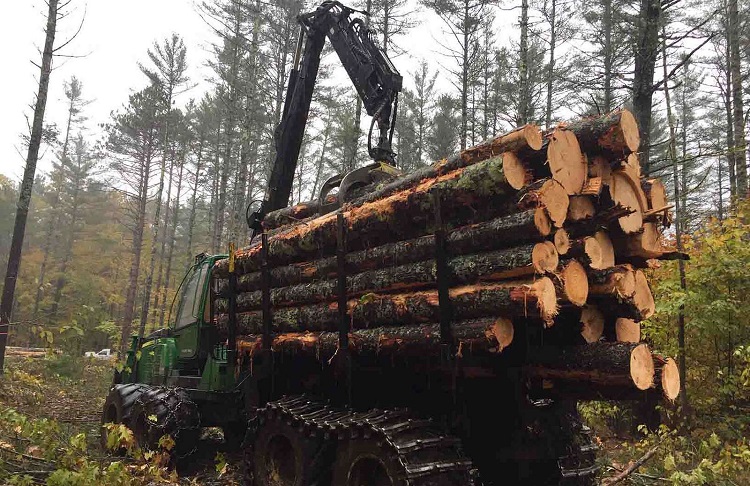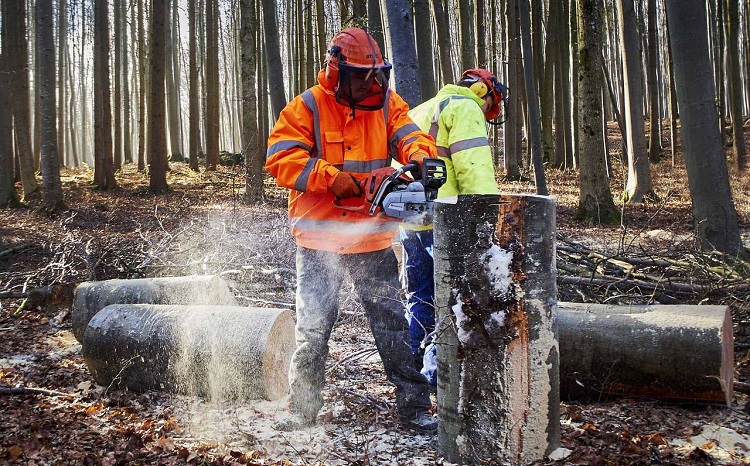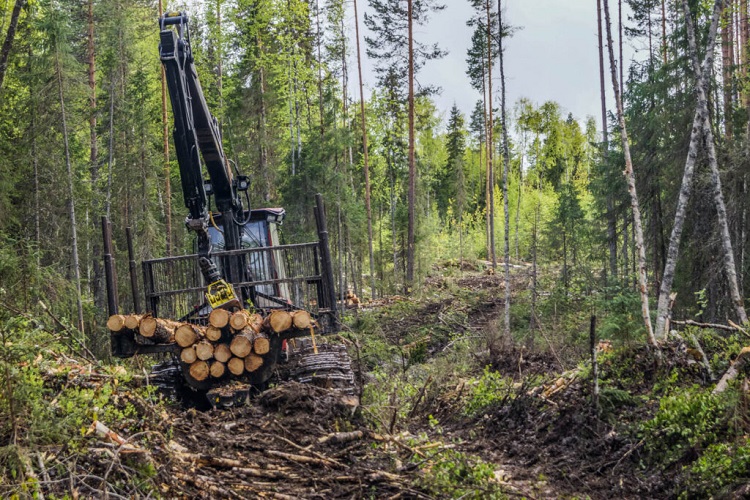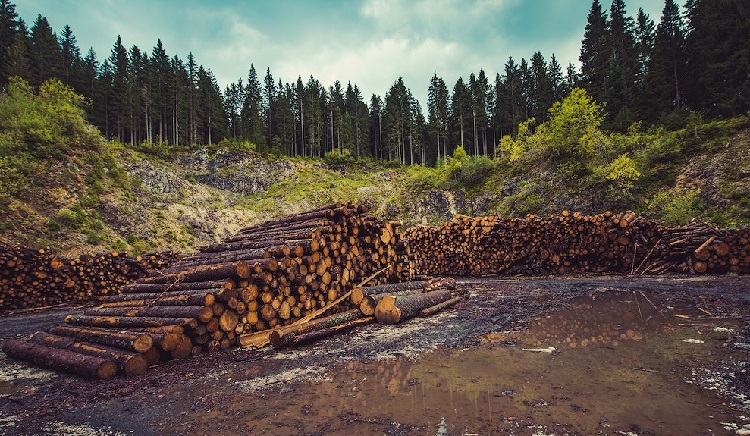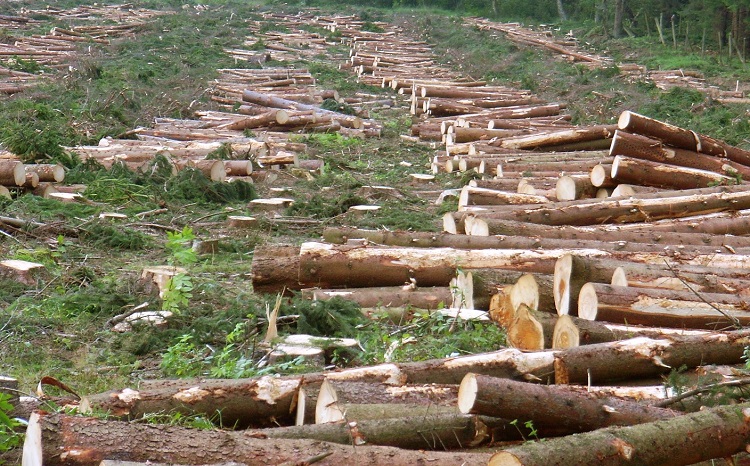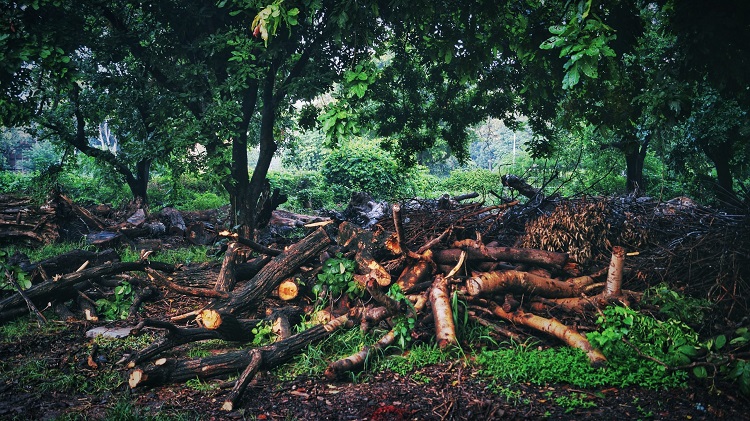|
Once upon a healthy logging process time – people used to understand their role on earth. They knew they were responsible for others and the world around them. Then we lost our moral compass. We began overindulging in consumerism. Logging companies fed the greed by supplying more of what we didn’t need. Animals started losing their homes and their lives. Entire systems began failing, and we created a planet in dire need of healing.
But what is this buzz about forest logging, and how does it work? How does it affect us, the planet, and animals, and what is the timber industry doing to create positive change? Let’s find out! Logging Types
Besides all the bad and good stuff about cutting down trees, it is a fascinating industry. And once you begin to understand the history of this dangerous occupation and how its experience has evolved into better processes, it is informative. Selective LoggingThis technique for harvesting trees focuses on chopping down timber that meets specific quality, age, and size criteria. The downside of this strategy is that it is time-consuming, uses more resources, and is more expensive than other methods. Specific tree specie regeneration is also slower, so it becomes more challenging to source particular species over time.
Clearfelling is another name for clearcutting logging operations. Lumberjacks demarcate an area in the woodland for harvesting trees in that parameter. Sometimes, the company will identify specific reserve trees that should not be cut down. They do this to support the growth of new trees or for other purposes. Additional reasons for leaving trees standing in this space include preserving the habitat of wildlife or managing erosion and water quality. What is Strip Logging?
Strip logging is the most viable form of harvesting trees with the least damage to the ecosystem. Strip logging is a practice that tries to copy nature and the natural regrowth or succession of trees in rainforests. The strategy here involves clearcutting a narrow strip of woodland on an incline along a river. In the process, fellers leave the gallery forest area that borders the river untouched. Instead, they cut down trees in a line or strip up the slope. To add to this activity, they ensure that they remove the logs by a road that also parallels the river. The company will repeat this practice in a few years, but instead, they will cut a strip above the first one. By cutting above the first strip, the nutrients that erode from the section will flow downhill into the first strip. This tactic supports faster recovery of the first strip. It also reduces soil erosion and loss of nutrients in the soil due to buffering by the first strip. This method is by far the most sustainable in logging operations. Logging Methods
Three recognized industrial logging methods are done in an old-school way or with heavy equipment. Tree-Length LoggingLumberjacks fell trees by only harvesting the stem when using this method. Then they delimb them, cutting off branches from the main tree trunk. Bucking is a specialized method of cutting trees into logs for different purposes, such as lumber, pulp, or plywood. Each piece has value, and companies must limit waste as much as possible. Workers load these products for transporting elsewhere. The slash describes the remaining bits and pieces after cutting the tree. Loggers must treat this nutrient-rich slash to reduce the chance of wildfires as the last part of their work in the section. Whole-Tree Logging
The method of whole-tree logging means precisely that. Workers fell the entire tree and take it to the road with all its foliage intact. But technological progress has changed this process. Now, workers use heavy machinery to harvest trees by cutting them down, removing the top, and delimbing them at the landing. If the company employees work in an area where they can access cogeneration facilities, they treat the slash on the landing. This part of the job means they can chip the slash to generate heat or electricity. Another element of full-tree harvesting is that nothing goes to waste, including the tops and branches. Unfortunately, this production technique does not support sustainability as loggers remove the soil cover and nutrients, limiting the section’s long-range health. But regeneration can occur, depending on the tree species, because boughs and limbs break off during harvesting. These pieces can then regrow, leading to an outcome similar to tree-length logging. Cut-to-Length Logging
This method refers to processing everything up to bucking and sorting the tree products into pulpwood, sawlogs, and others around the tree stump. Fellers leave the tree tops and branch limbs behind to feed the area and support new tree growth. These days, companies use mechanical harvesters to do the job. After processing the logs, the laborers pack them in bunks. Lastly, they use a forwarder or skidder (heavy-duty vehicle) to gain access and move these logs to the landing. This process is viable when the trees have a diameter of at least 35 inches. Transportation of Logs
Some of the most famous log transportation methods include using heavy vehicles, rail lines, log driving, or timber rafting down rivers. Heavy equipment like the high wheel loader with its massive wheels was also used in the past. At first, oxen pulled this loader. Later, tractors pulled the loader. Transportation of logs to the sawmill takes place once the work in the woods is over. There it is cut into lumber or goes to a paper mill to produce paper pulp, make fence posts, or other purposes. Whatever the case, transporting timber in rough terrain is challenging and risky because it is difficult to gain access to roads.
There were over 95,000 workers employed in the industry in 2010, with a ratio of 73.7 deaths per 100,000 workers. At the time, this rate was 21 times more than the overall fatality figure for the same year, which was 3.4 deaths per 100,000. Lumberjack works on unstable terrain in inclement weather. They use various mechanical and electrical tools and heavy equipment that can make life easier or contribute to fatalities in a risky environment. As a result, many fatalities go unreported. But the BC Forest Safety Council was created in British Columbia, Canada, in 2004 to help workers promote safety in the forestry industry. This non-government organization works with government agencies to develop a safer logger industry. Organizations like the National Institute for Occupational Safety and Health (NIOSH) and National Occupational Research Agenda (NORA) in the U.S. recognize that logging is a dangerous occupation.
Here are some dire effects of logging. Indirect Effects of Forest LoggingVery few people consider the effects of logging, but these can be dire. For example, if there are no trees to hold the soil in place, an indirect impact of logging can include floods. Besides washing away the nutritious topsoil in woodlands, flooding can create other unnecessary side effects. These consequences can be mudslides, which cause damage to homes and infrastructure. They also kill off wildlife and wash away seeds, leaving large areas to become barren. Logging Impact on BiodiversityLogging can result in the loss of biodiversity because rainforests lose seed-producing trees. Without these seeds, no new trees can grow.
Fragmenting rainforests causes the loss of wildlife habitats and separates animal species that would otherwise live together. Trees and their root systems create an underground network that keeps soil intact. All the leaves, twigs, and fruits or blossoms that fall from trees also cover the woodland floor, offering protection.
Trees are a lot like human lungs in reverse. They store carbon instead of oxygen, but when people cut or burn them, they release carbon dioxide into the atmosphere. Carbon dioxide is a significant catalyst in global warming because it absorbs heat. In turn, this greenhouse gas causes temperatures to rise and glaciers to melt. Another consequence is that the earth’s surface gets hotter, which changes weather patterns. For example, droughts may increase in some regions while the incidents of flooding or hurricanes will grow elsewhere.
The impact of road building on watersheds and aquatic environments can be quite devastating if a company does not manage it well. Building roads for transporting logs can focus and increase runoff. This infrastructure can also interfere with underground water flows and how these connect with those above the ground. Due to poor management, road building can interfere drastically with watersheds, leading to gullying, eroding the landscape, and flooding, threatening the wildlife inhabiting the area. Another result of road building and deforestation is that everything on the woodland floor flows away in floods and can clog up rivers and streams.
There are several ways that you can help reduce the loss of biodiversity, including the following: FAQs What Are the Major Reasons Behind Logging?The main driving force behind logging is profit. Companies log to deforest areas for crops, mining, subsistence farming, ranching, and gas extraction. Experts say that this technique is less harmful to ecosystems than clear-cutting. The first method removes individual trees, while the other removes all trees from a section. There are multiple other products that we can use for buildings and furniture. Some viable options are brick, stone, concrete, metal, plastic, brick, hemp, bamboo, or sponge glass available in the ocean. What Is the Importance of Primary Forests?Primary forests are nature’s creation without the interference of people. These rainforests contain a wealth of biodiversity, featuring native species often not found elsewhere. Some governments declare primary wooded areas like this as national parks because they are pristine and untouched. It is probably not possible to prevent logging, but it is possible to influence sustainable logging practices. Individuals can raise awareness of the damage of deforestation and excessive logging. Constant messages and education help to create community and tourism awareness, including how consumerism damages these natural treasures. The better informed you are, the more of a difference you can make. Social media is an excellent way to spread the news and help drive change in companies through altering trade agreements. Countries and countries are becoming more conscious of dwindling resources through deforestation. You can help change how they source raw materials to protect forests. You can also make a positive change by refusing to use products that damage ecosystems. Another way to do this is by only supporting companies that prove sustainability through certification. Similarly, communities can push for new protection laws and policies for forestry. They can protest illegal logging – and raise concerns over logging in old-growth forests. As you can see, not everything about logging is ugly. There is hope to turn deforestation and climate change around by changing how we do things. |

